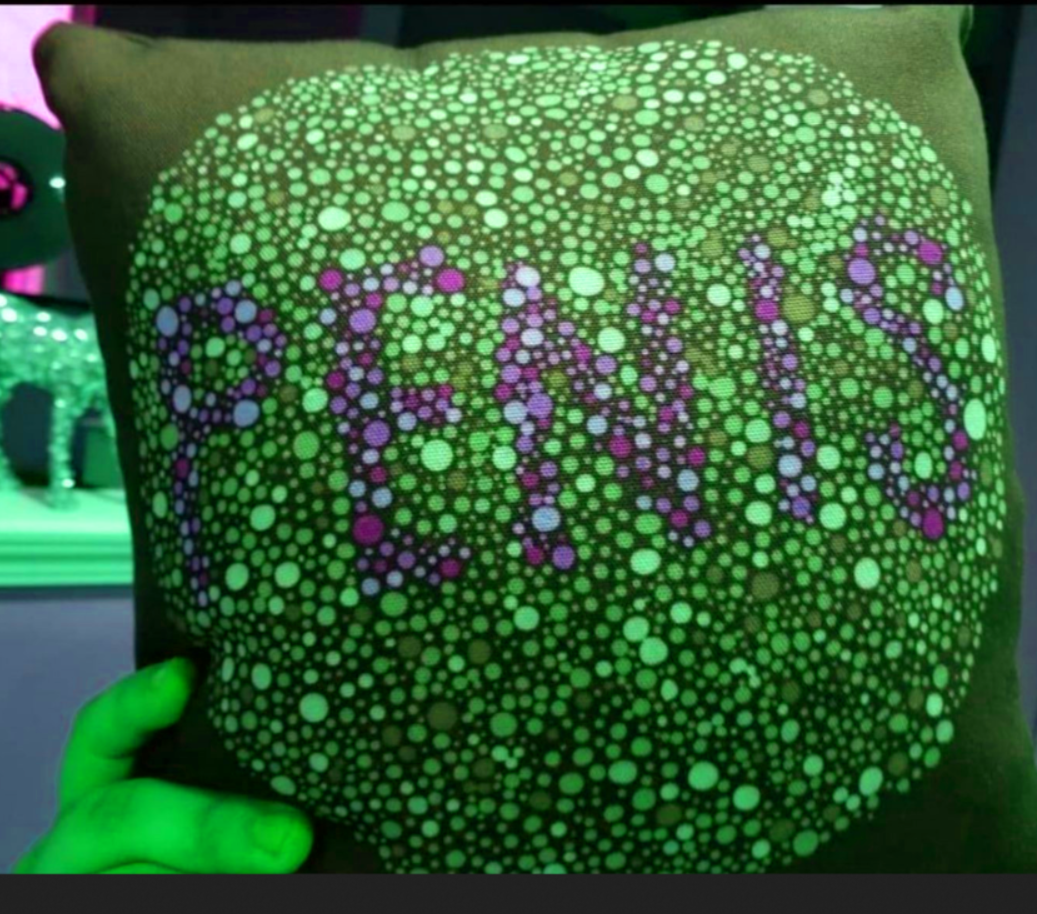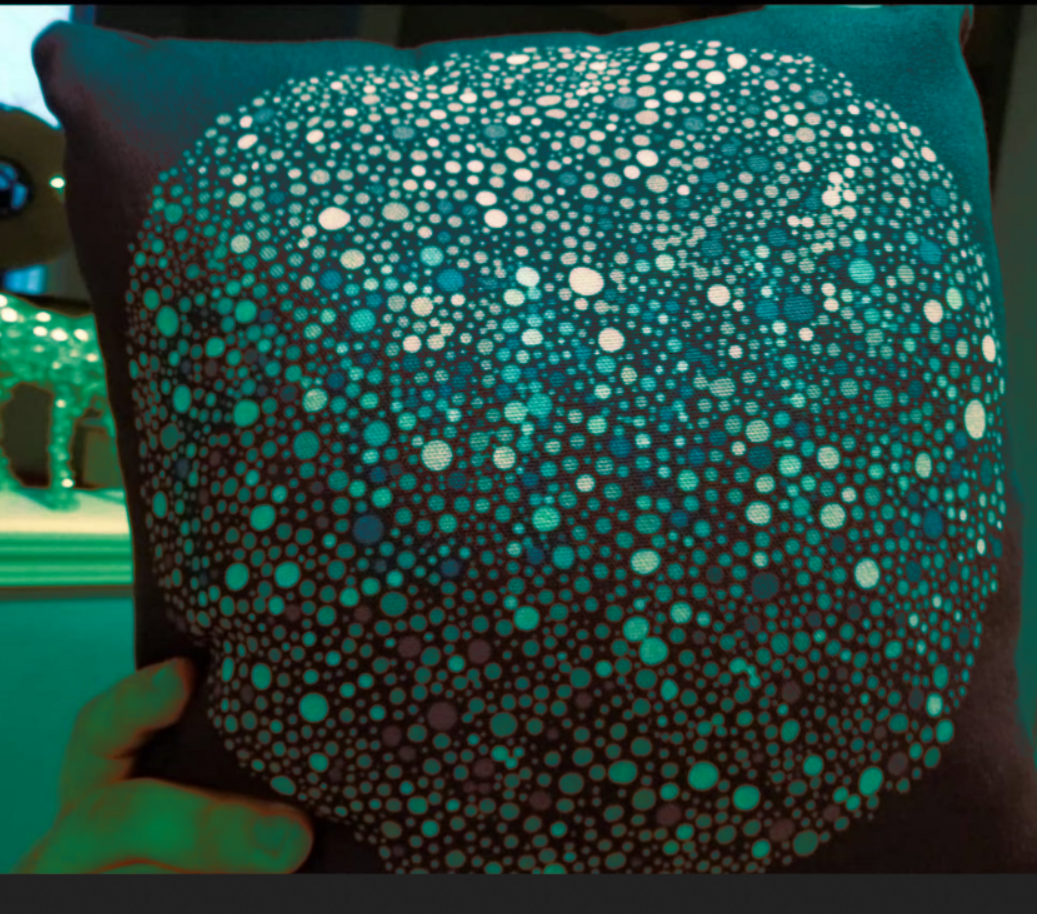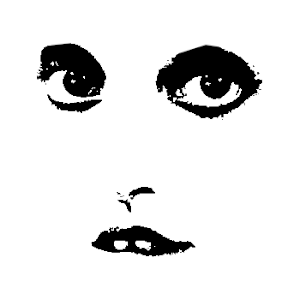I’m mildly colorblind and I can figure it out with some effort. I can kinda see a ever slightly variation and can trace it with my finger to figure out the shape of the letters.
What’s “DEHI5”?
Dennis Eagle High Five
The brother is very fond of british bin lorries.
Not many people will get that reference
What is the pen?
I’m red/green and cannot read it. What’s it say?
Dammit, red / green colorblind and I’m not able to read it either. I even took off my glasses, which sometimes helps. I can tell there’s something but I can’t make it out.
For those like myself who cannot see I cranked up the saturation and shifted the hue
 so we don’t miss out on the fun.
so we don’t miss out on the fun.Penis
I bet you say that to all the colorblind people.
Very good sir, but that’s neither relevant or helpful to the poor colourblind fellow.
What? Just because they’re colorblind they have no use for a penis? That’s ableism.
I’m some kind of red green colorblind and I can’t read it. I assume it says something nice about my people, yeah?
It says “PENIS”
But in a nice way.
Which kind of colorblindness? Because I’m red-green colorblind (the most common kind) and I can read it.
Please correct my ignorance here - coloured reflections and colourblindness together is interesting!
If this pillow in OP is similar to one I have, even though its a green to black sequin pillow, the green sequins reflect various shades and almost colours, depending on angle and how the light catches it.
Is it possible that if the pillow was completely face on, it would be within your blindness range, but tiled slightly the colour shifts to a range you can see?
Well, first, there is not a range for which I am “blind” to greens/reds, as in I would only see greyscale or something. Rather, there is a range of overlap for which both my green and red cones in my retina react to the light and so I essentially see both green and red, making the colors hard to distinguish. (Fun fact. As a result of this, I actually see slightly more blue that the average person.)
But when it comes to the green sequins, the tone/brightness of the light shouldn’t matter. It is the frequency of the light, not its relative intensity (above a certain level), that determines which cones are activated. So if they are all different shades of the same hue, they may fall into that overlap. But if it is partially reflecting other colors of light, then yes, the angle of the sequins may change how I am able to perceive the color(s) depending on those reflections.
Thank you so much!
A green sequin always reflects a specific frequency but maybe have different tones and intensity - I see this as a “different” colour, but really its green and it would always appear grey to you?
Whereas an iridescent one as a different example which has multiple different colours depending on the angle (red to purple, but that idea), you maybe able to see it reflecting purple but could also appear greyscale?
it would always appear grey to you?
Not at all. This is a common misconception about colorblindness because the name is kind of a misnomer for the majority of people who are colorblind. There are no colors that I am actually blind to, that I cant see or appear grey to me (except grey, of course). The only way you see some or all colors only in greyscale is by either having a defect in the visual processing of your brain or by missing one or more of the color sensing structures of the eyes. These structures are called cones. They come in red, green and blue varieties, and react to different ranges of light frequencies that causes us to see different colors.
My green cones still trigger for green frequencies for me exactly as yours would for you, so I do see colors, including green. But my colorblindness happens because there is a structural difference in my green cones that shifts the range of frequencies that trigger them towards the frequencies that trigger my red cones too. Because of this, there is a sizable range of color frequencies that trigger BOTH my green and red cones. Everyone has a little overlap, but mine is much larger than the normal overlap in non-colorblind people. When that happens, I still see colors. But instead of distinctly green or red colors, what I see is more muddled and brownish than what you would see. It’s because I’m basically getting mixed signals from my cones. There are also frequencies of light that are outside of this overlap that trigger only either my green or red cones, and so those colors do look distinctly and vibrantly green or red, even to me.
Again, thank you, I did misunderstand. This has been an immensely helpful discussion!
I’ll amend to note one thing, which being color blind made me particularly aware of “what color does this look like to you?” doesn’t really mean anything. You could ask some other person “what color does blue look like?” and you two have no idea how each others minds conceptualize “blue”. The concept is called Qualia and refers to facets of our subjective experience that we cannot share, like the “color” of something (two people may reach consensus that 420 nm is “blue”, but can never know what that “looks like” to the other party).
My best hope is sharing what I think represents how my color vision falters. In my case I can’t tell the difference between the picture presented and

My dad is red green color blind. I just showed it to him and he couldn’t read it.
There are differing scales of deuteronopia (what red/green color blindness is called). The more overlap between the ranges your red and green cones’ wavelength reactivity, the worse the colorblindness. Mine is not super bad, just enough to be annoying sometimes.






